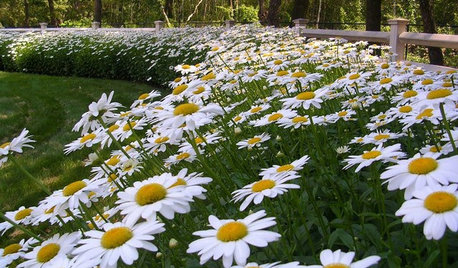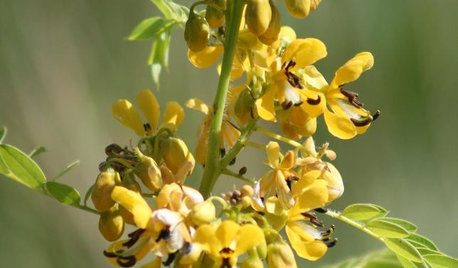White Fuzz on Seed Starting Mix
Bill1897
12 years ago
Related Stories

CONTAINER GARDENS8 Easy Container Plants to Grow From Seed
Get beautiful blooms and herbs in summer by starting these choice garden picks from seed in spring
Full Story
GARDENING FOR BUTTERFLIESA Quick-Start Guide to Bird-Watching for Fun and Learning
Set out some seed and grab your field guide. Bird-watching is an easy, entertaining and educational activity for the whole family
Full Story
GARDENING GUIDESHow to Stop Worrying and Start Loving Clay Soil
Clay has many more benefits than you might imagine
Full Story
GARDENING GUIDES10 Tips to Start a Garden — Can-Do Ideas for Beginners
Green up your landscape even if you're short on time, money and knowledge, with these manageable steps for first-time gardeners
Full Story
HOUSEPLANTSHow to Grow Orchids Indoors
Orchids are the exotic aristocrats of the flower world and can make themselves comfortable in almost any home
Full Story
MOST POPULARHow to Start a Cool-Season Vegetable Garden
Late summer and late winter are good times to plan and plant cool-season crops like salad greens, spinach, beets, carrots and peas
Full Story
GARDENING GUIDESMix or Mass Daisies for Two Great Garden Looks
The classic daisy looks equally beautiful massed in borders or mixed throughout a naturalistic planting. Which look suits your style?
Full Story
KITCHEN DESIGNNew and Old Mix It Up in a Historic Farmhouse Kitchen
A couple rethink the kitchen in their Pennsylvania farmhouse to restore authenticity while also creating a space for modern living
Full Story
GARDENING FOR BUTTERFLIESGreat Design Plant: Senna Hebecarpa Puts on a Magical Show
Furry white tongues that develop into seeds? That's just one of this bee-bringing summer perennial's many talents
Full StoryMore Discussions









digdirt2
Bill1897Original Author
Related Professionals
Maple Valley Landscape Architects & Landscape Designers · Parole Landscape Architects & Landscape Designers · Mooresville Landscape Contractors · Brookfield Landscape Contractors · Dickinson Landscape Contractors · Gaithersburg Landscape Contractors · Lake Zurich Landscape Contractors · Lexington Landscape Contractors · Tustin Landscape Contractors · Greenfield Landscape Contractors · Maplewood Landscape Contractors · Selma Landscape Contractors · Whittier Fence Contractors · Hermosa Beach Fence Contractors · Franklin Fence Contractorsflora_uk
susan2010
digdirt2
calistoga_al ca 15 usda 9
gardenmama613
Bill1897Original Author
susan2010
digdirt2
radiantpoppy
radiantpoppy